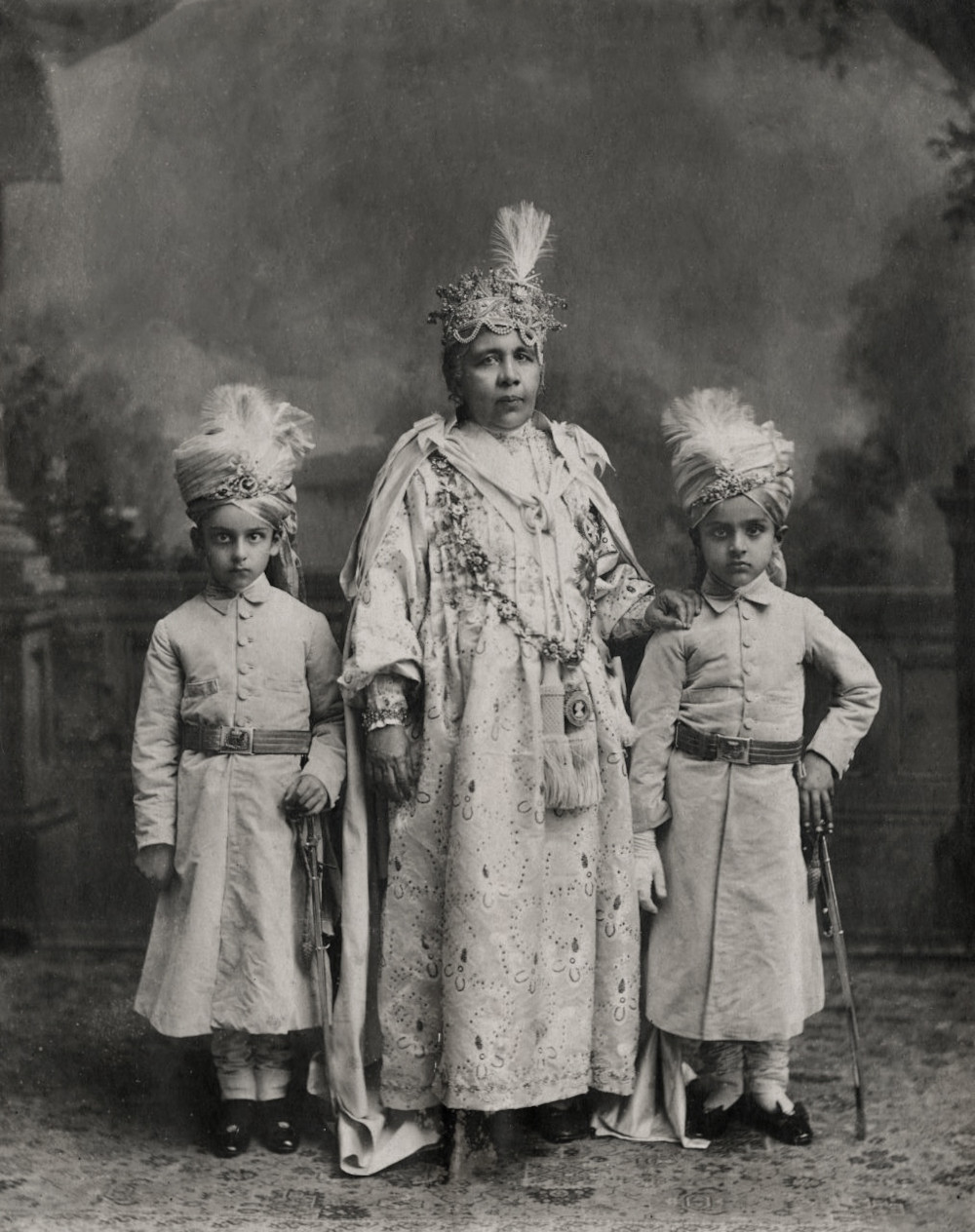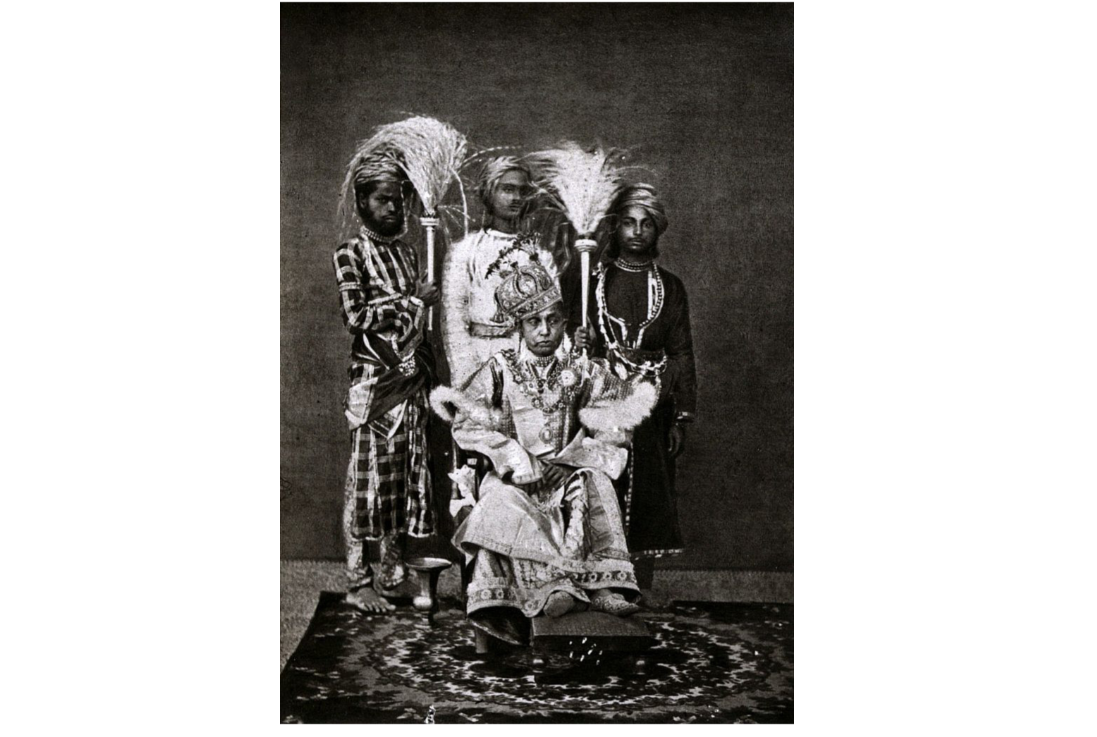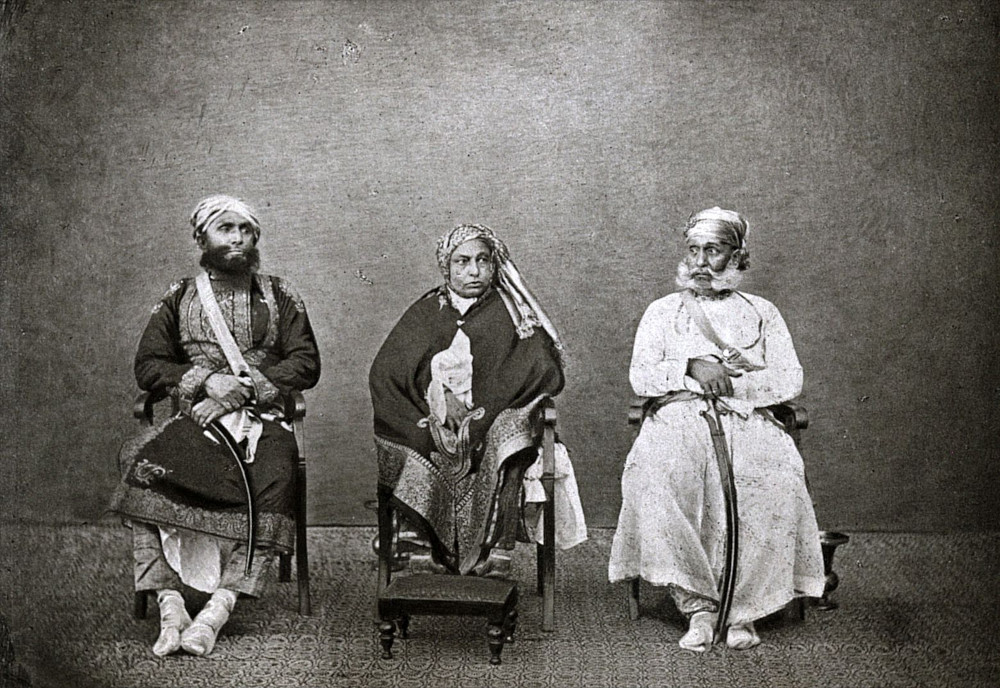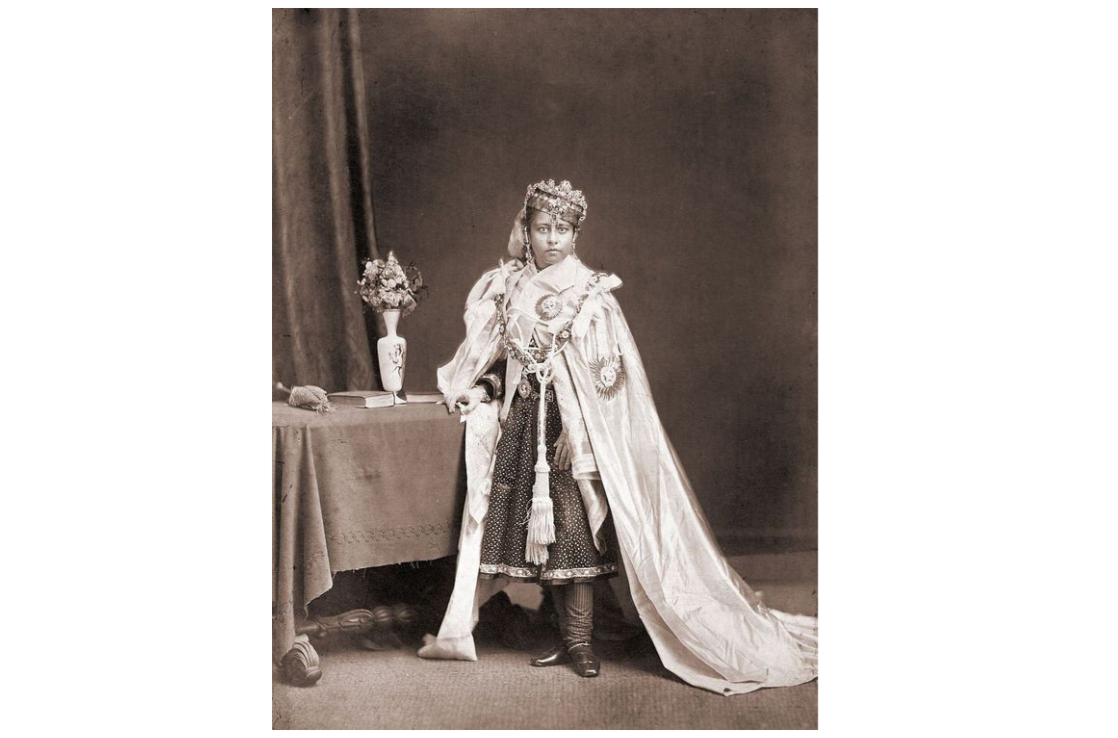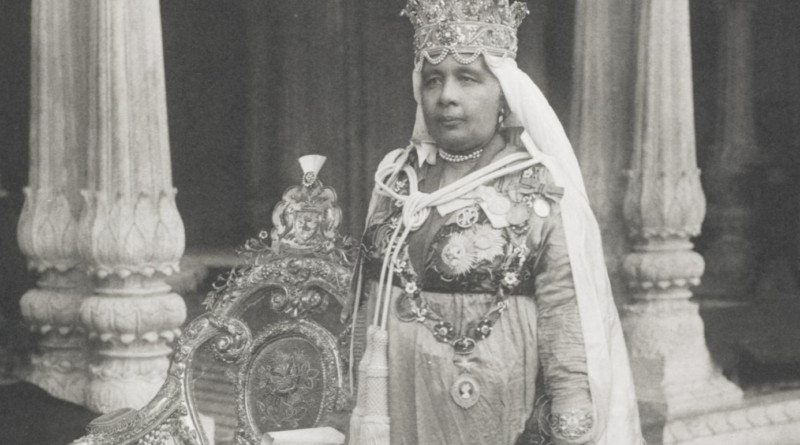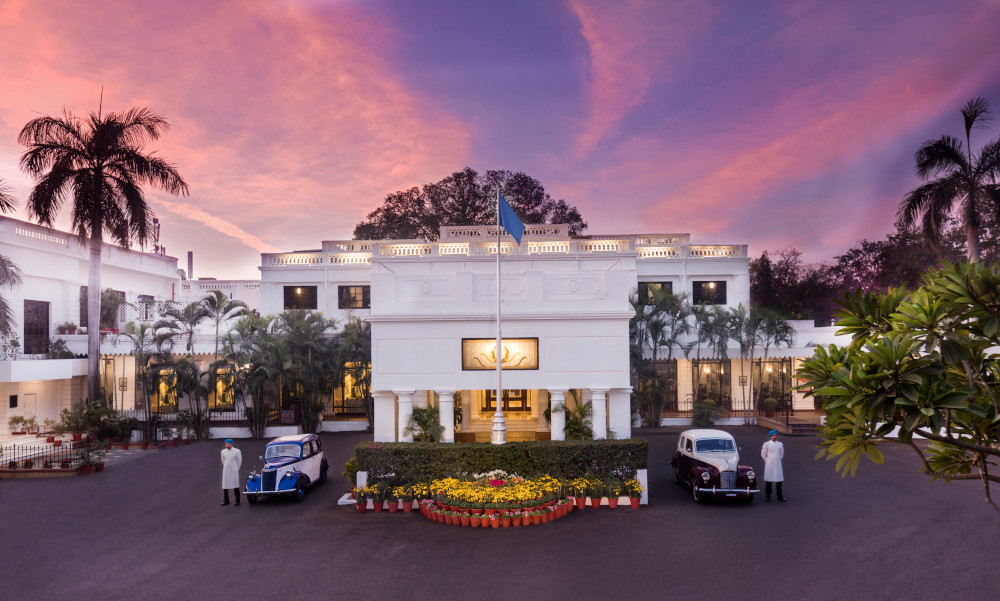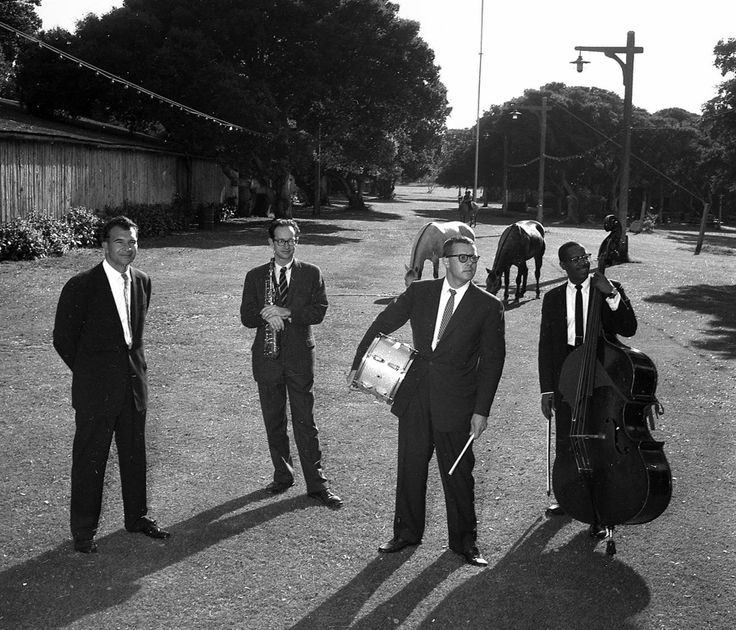The most glorious hundred years in the history of Bhopal was heralded by four able queens. Visionaries, skilled politicians and social reformers, the Begums stood firm for women empowerment when the term didn’t even exist. These queens may have been forgotten by history but are still the essence of Bhopal and its people.
Mainstream Indian history celebrates the lives of a few kings and queens that graced this ancient sub-continent but sometimes tended to overshadow the lives of some who were equally heroic and able administrators of their kingdoms. One such lesser-known reign was of Bhopal’s Begums between 1819 to 1926. Founded in 1707 by Pashtun soldier Dost Muhammad Khan, the province of Bhopal was predominately ruled by males – the Nawabs of Bhopal. However, this changed on the fateful day of November 11 when the then Nawab of Bhopal, Nazar Muhammad Khan, died at the age of 28, after only three years and five months on the throne, leaving his 18-year-old bride Qudsia Begum and fifteen-month-old daughter Sikander Begum. And thus, began the reign of the Begums of Bhopal.
Every Begum was an able administrator and a woman of grit, eventually becoming a source of inspiration for their family and women in general. “The most inspiring qualities of the Begums of Bhopal that women should inculcate are courage, being industrious and a love for poetry and the arts,” shares Sahibzadi Niloufer Khan – the Great-Granddaughter of the last Begum of Bhopal.
Nawab Sikander Begum.
Qudsia Begum (1819-37) — the one who fought for her right
After the death of the Nawab, it was decided that the throne be passed over to Nazar Muhammad’s nephew Munir Muhammad Khan. Crushing the uprise of the Nawab’s nephew, at the tender age of 18, Qudsia Begum became the first woman ruler of South Asia to assert the right of a Muslim woman to be the ruler of a state. She convinced the court that their family’s power should remain and declared her daughter the heir to the throne.
The Begum took off her veil while delivering this speech – a rare act for women in Islam. As Shaharyar M. Khan says in his account of the Begums of Bhopal, “Qudsia’s address to the family is one of the most poignant moments in Bhopal’s history. A girl not yet 20, brought up traditionally in purdah, had dared to take the congregation of elders, rival family contenders and senior state officials by the scruff of their necks.” Her act strengthened her capability to be taken seriously and showed that her religion did not exclude women from politics and gaining power.
She is also known for building the Jama Masjid and the Gohar Mahal Palace. The Begum was also decorated with the Order of the Imperial Cross in 1877.
Nawab Sikander Begum with her Ministers.
Nawab Sikander Begum (1844-68)— the one who survived a man’s world
Since her childhood, Sikander Begum was trained to be no less than a king. The heir apparent trained in martial arts and did not observe purdah (veil) like her mother. “The Begums were of very conservative Islamic tradition despite which they were women who rode horses, played polo and were excellent swordswomen,” said Sahibzadi Niloufer Khan. A wise ruler, she had already survived a murderous plot devised by her husband and a forceful seizure of power against her and Qudsia Begum. She founded the Victoria School in Bhopal for girls to access technical training like handcrafts and more. Over her reign, Sikander Begum established two girls’ schools and seventy-six primary schools. She also made it mandatory to employ only those people in state offices who had a certificate from school or college.
The Begum also built the Qasr-e-Sultani Palace, Moti Masjid, Moti Mahal and Shaukat Mahal. She heavily invested in the province’s infrastructure by laying a railway line between Hoshangabad and Bhopal. She also set up a Medical department with a qualified Yuanin medical office. It was under her reign that the first survey of the state was conducted. The Begum received the highest Order of the Star of India at Allahabad in November of 1861. Sikander Begum was the first ruling woman chief who went to Mecca. She fell ill in 1968 and breathed her last on October 30, 1868.
Sultan Shah Jahan Begum.
Nawab Shah Jahan Begum (1868-1901) – the one who inspired others
Just 17 days after losing her mother, Shah Jahan became the third Begum of the Bhopal while her ten-year-old daughter Sultan became the heir apparent. Even though Shah Jahan was just 30 when she ascended the throne and could bear male heirs in the future, Sikander Begum had already secured the British Government’s promise protecting her granddaughter’s right to the throne.
Unlike her predecessors, Shah Jahan Begum was rather feminine. She did not train in martial arts but was an exceptional writer in Urdu. The Begum wrote the first women’s encyclopedia in India. Tahzib un-Niswan was Tarbiyat ul-Insan (The Reform of Women and the Cultivation of Humanity) that talked about women’s work status in Islam. She also commissioned the first-ever compilation of the kingdom’s history in Tajul Iqbal. She erected several beautiful structures like the Taj Mahal palace, Taj-ul-Masjid mosque, Sadar Manzil and Barah Mahal.
Begum Sultan Jehan.
Nawab Sultan Jehan Begum (1901-1926) – the one who uplifted & educated others
Sultan Jehan Begum was the oldest Begum of Bhopal, ascending the throne at 43. Her years as the heir were stressful due to the tension between her and her mother. This rift created divided loyalties in the court for the two royals; however, Sultan Jehan Begum became a just ruler and administrator. Following the footsteps of her predecessors, the Begum founded numerous educational institutions. She is the founding and the only female (till date) Chancellor of Aligarh Muslim University. She was an intelligent negotiator with the British Government and protected the interest of her family.
The notable structures to her credit are Qaser-e-Sultani Palace, which now houses the Saifia College, Noor-us-Sabah Palace, a heritage hotel, Minto Hall, which housed the Madhya Pradesh Vidhan Sabha till 1996, the Edward Museum and Hamidia Library. The reign of the Begums of Bhopal ended with Sultan Jahan when she abdicated her throne, and her son Nawab Muhammad Nasr-ul-lah Khan became the Nawab of Bhopal.
The Begums of Bhopal left an inevitable impact on Bhopal and its subjects. Preserving the legacy of the Begums and the lineage, the royal family of Bhopal transformed the Jehan Numa Palace, which was built by Nawab Sultan Jehan Begum and given to her second son – General Obaidullah Khan. In September of 1983, Nadir and Yawar Rashid, the grandsons of General Obaidullah Khan, opened the Palace as a heritage palace hotel to visitors. In 2000, the Palace was classified as a Heritage Grand Hotel, the first in Central India. The Palace is currently operated by the sons of Nadir and Yawar Rashid.
The Jehan Numa Palace in Bhopal.
From the glorious corridors and halls to the gardens of the Palace, the Jehan Numa Palace retains the magnificence and poise of the begums. “Our hospitality is inspired by the Begums and the General. For example, the menu at the Jehan Numa Palace is full of recipes that have been passed down through generations. A lot of them are inspired by the dishes and recipes served at the banquets and dinners during the reign of Shah Jahan Begum, the third Begum,” said Faiz Rashid, the elder son of Late Yawar Rashid. The Jehan Numa Palace has also recently opened a museum, divided into seven to eight sections, each highlighting a part of the history of Bhopal through pictures and some memories.
Girl education, trade and arts have been close to Begums’ hearts; from building townships to creating job opportunities, promoting business and putting Bhopal on India’s map, the Begums had constantly strived to bring prosperity to the kingdom. “They were committed to education for girls and strongly promoted cottage industry, which women could do from their homes. In keeping up that tradition, we started Niloufer’s clothing line 40 years ago to provide work for women who produce beautiful embroidered designs,” shares Sahibzadi Niloufer Khan. The Jehan Numa Palace also boasts a shop that houses these beautifully crafted outfits.
The reign of the Begums of Bhopal is genuinely a series of unparalleled achievements as women, particularly from the colonial period, and still stands as an inspiration for women of today.
Words by Nikita Vivek Pawar.
Republished from luxuryfacts.com
Images via LuxuryFacts.
